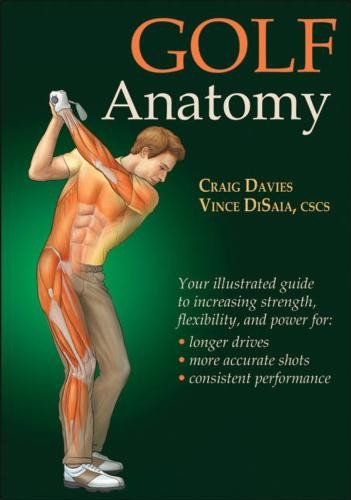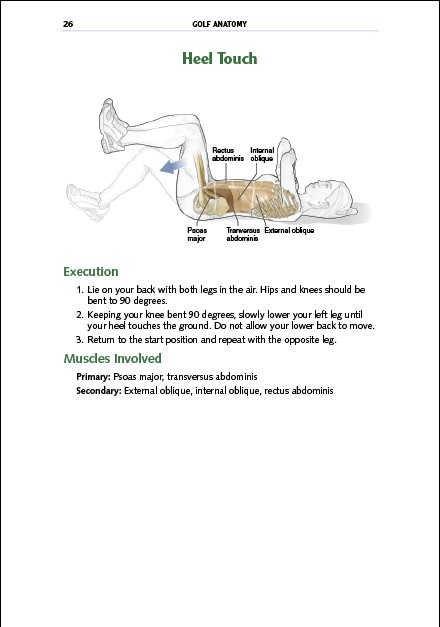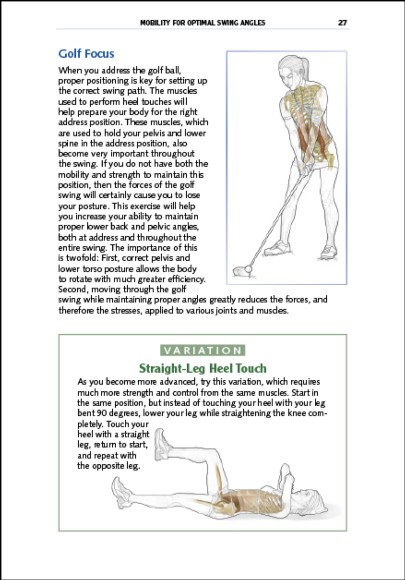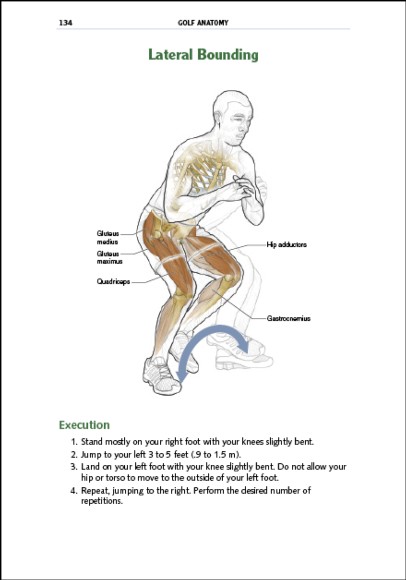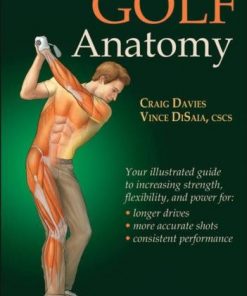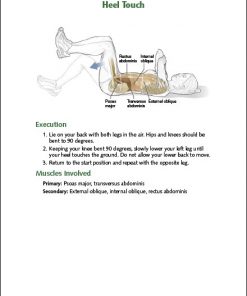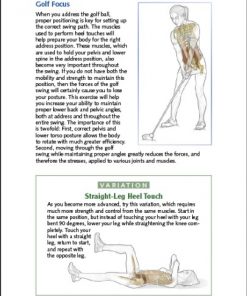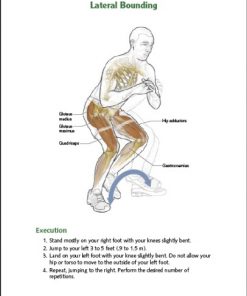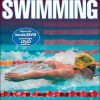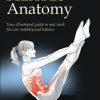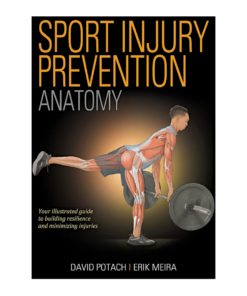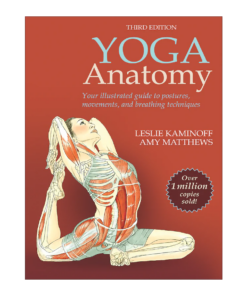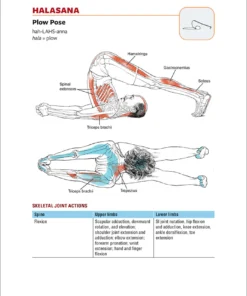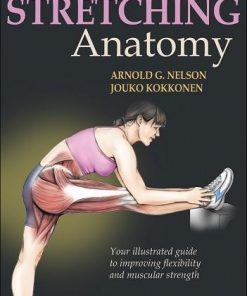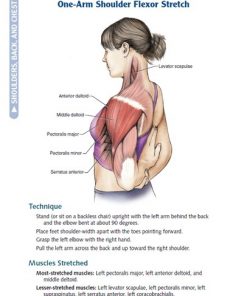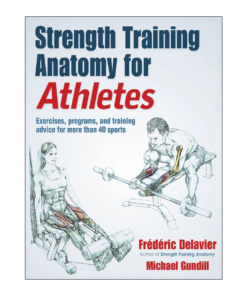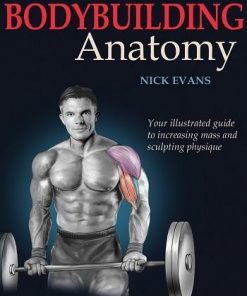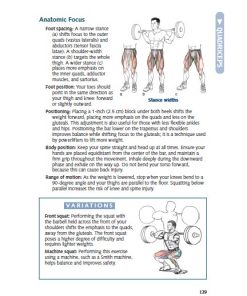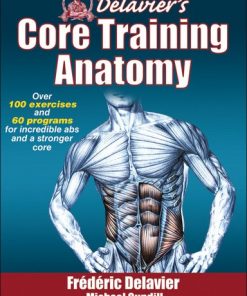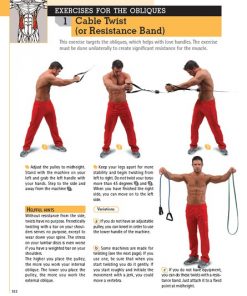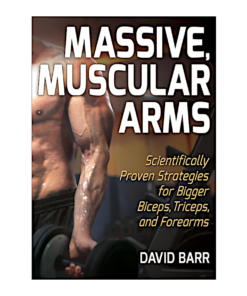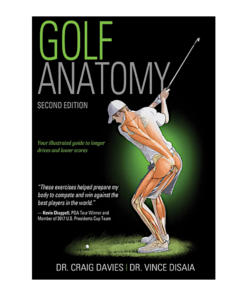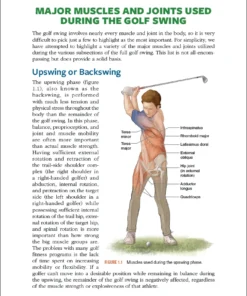No products in the cart.
Golf Anatomy
5.990 kr.
- Lin kápa: 188 blaðsíður
- Útgefandi: Human Kinetics; 1 útgáfa (2010)
- Tungumál: Enska
Only 2 left in stock
Category: Bækur & DVD
Brand: Human Kinetics
At the sport’s highest levels, it is increasingly common for players to adapt their swings for improved efficiency in power generation. Our goals in Golf Anatomy are to introduce exercises that will help you achieve greater golf fitness and introduce some of the important principles used by today’s top teachers and players when developing a technically efficient golf swing.
Generating speed with the arms creates many of the swing faults found on driving ranges throughout North America and the world. For maximal power creation with minimal negative stress on the body, the ground must be the first link in the chain of energy transfer. Newton’s third law of motion states that for every force applied by one object onto a second, an equal and opposite force is applied from the second object back onto the first. As such, using the legs to drive forcefully into the ground results in the ground pushing back up into the golfer’s body with an equal magnitude of force. The force the ground transmits into the golfer is known as the ground reaction force (GRF). GRF is then transferred up through the legs and into the pelvis. From the pelvis the force is transferred into the golfer’s core, shoulder complex, arms, and, finally, the golf club and ball. Transmitting this energy from the ground to the ball with the most efficiency is what allows you to create the most power your body will allow.
This energy moves through what is known as the body’s kinetic chain. The different parts of the body act as a system of chain links, whereby the energy or force generated by one part of the body (or link) can be transferred successively to the next link. The optimal coordination (timing) of these body segments and their movements allows for the efficient transfer of energy and power up through the body, moving from one body segment to the next. Each movement in the sequence builds on the previous segment’s motion and energy. The result of this transfer and summation is what determines club-head speed.
This kinetic chain is the linkage system that connects adjacent joints and muscles throughout the entire body. A weakness or injury in one area of the body impedes the transfer of energy. The body compensates for this blockage by overusing or misusing other body parts in an attempt to make up for this lost energy. In an efficient golf swing in which the legs generate the majority of the power, large muscles contribute to force generation. When a weakness is present along the body’s kinetic chain, the energy produced by the legs is unable to transfer effectively into the core and arms. As a result, the smaller muscles surrounding the area of weakness are placed under great stress. In time, this will lead to overuse injuries within the joints and soft tissues (the muscles, tendons, and ligaments) and make an efficient swing impossible.
We must clarify what we mean by the word weakness. When referring to a weakness in the body’s kinetic chain, we are not referring strictly to a lack of muscle strength. We also include deficits in joint motion and body awareness. Having proper ranges of motion in each of the body’s segments and proper awareness of each of these segments is as important as the strength in each muscle. Therefore, weakness can mean a deficiency in strength, range of motion, or body awareness.
 Major Muscles and Joints Used During the Golf Swing
Major Muscles and Joints Used During the Golf Swing
The golf swing involves nearly every muscle and joint in the body. As such, it is very difficult to pick just a few to highlight as the most important. For simplicity, we have attempted to highlight a variety of the major muscles and joints utilized during the various subsections of the full golf swing. This list is not all-encompassing but does provide a solid basis.
Upswing, or Backswing
In general, the upswing phase (figure 1.1), also known as the backswing, is performed with much less tension and physical stress throughout the body than the remainder of the golf swing. In this phase, balance, proprioception, and joint and muscle mobility are often more important than actual muscle strength. Having sufficient external rotation and retraction of the trail-side shoulder complex (the right shoulder in a right-handed golfer) and abduction, internal rotation, and protraction on the target side (the left shoulder in a right-handed golfer) while also possessing sufficient internal rotation of the trail hip, external rotation of the target hip, and spinal rotation is more important than how strong the big muscle groups are. The problem with many golfers’ fitness programs is a lack of time spent on increasing mobility or flexibility. If a golfer is restricted in his ability to move his body into a desirable position while remaining in balance during the upswing, the remainder of the golf swing is negatively affected regardless of the muscular strength or explosiveness of that athlete.
Although this phase of the swing uses mostly a golfer’s mobility, some muscles provide a stable base so others can maximize their movements. During the upswing, the golfer must load the quadriceps, gluteus medius, and gluteus maximus in the trail leg and the obliques as the golfer coils toward the top of this phase of the golf swing. When these muscles work efficiently, the latissimus dorsi, infraspinatus, rhomboids, obliques, and multifidi can elongate properly to achieve the correct, full position of the upswing.
A great deal of time during golf lessons is spent attempting to attain positions in the backswing. Average and even high-level golfers spend very little time on the downswing or follow-through. During fitness training, most golfers do work on developing adequate motion throughout their bodies. However, many golfers may be unable to properly achieve the positions the golf professional wants. When positive changes are not seen, the result is frustration for both players and professionals and may lead to injury and poor performance. When golfers increase their mobility to match the motion the instructor is trying to get them to create during the upswing, more time can be spent learning the downswing, impact, and follow-through phases of the swing.
Downswing
The transition from the upswing to the downswing requires great coordination by the athlete and an ability to separate the lower body and pelvis from the upper body. The transition between these two phases of the swing is initiated by the golfer moving the lower body into position to allow for the greatest muscular efficiency. One of the primary objectives is to position the target-side knee over the outside aspect of the target foot. This puts the golfer in proper alignment for the quadriceps muscles to contract and straighten the knee, the gluteus maximus muscle to contract to create hip extension, and the muscles of the hip rotator cuff (piriformis, gluteus medius and minimus, and obturators) to contract to create both lateral stability within the hip and internal rotation of the hip joint, all on the target-side leg. The trail-side leg uses the quadriceps, adductor magnus, hamstrings, gluteus maximus, and gastrocnemius muscles to create knee extension, hip extension, and ankle plantar flexion to help drive the golfer’s weight onto the left side. The activation of the muscles in the legs helps drive the golfer into the ground and position the player so that the arms are able to move into position and create the desired angles of attack.
In the core, the obliques and psoas major are highly activated, creating a crunchlike position as the golfer’s hips extend and his pelvis tilts in a relatively posterior fashion (the belt buckle starts to point up) while his chest remains over the ball. The target-side latissimus dorsi helps pull the golfer onto his target side while countering the force generated by the pectoralis muscles on both sides of the golfer’s body.
Follow-Through
The follow-through movement in the golf swing allows for deceleration of the body, specifically the arms, postimpact. This phase of the golf swing is very taxing because the muscles must work predominantly through eccentric contractions to slow down the body. The golfer’s entire core-obliques, quadratus lumborum, psoas major, and transversus and rectus abdominis-works at maximum power to produce force and decelerate the body. The latissimus dorsi and the muscles that stabilize the shoulder blade to the spine and rib cage (serratus anterior, rhomboids, levator scapulae) as well as the muscles of the rotator cuff (supraspinatus, infraspinatus, teres minor, subscapularis) help protect the shoulder joint from approaching its end range of motion under high velocity.
Table of Contents
- Chapter 1. The Golfer in Motion
- Chapter 2. Mobility for Optimal Swing Angles
- Chapter 3. Stability for a Consistent Swing
- Chapter 4. Balance and Body Awareness for a Solid Base
- Chapter 5. Strength for Fatigue-Free Golf
- Chapter 6. Explosive Power for Longer Drives
- Chapter 7. Preventing Injuries in Golf’s Five Problem Areas
About the Authors
Dr. Craig Davies is the director of nutrition and fitness for the Core Golf Academy at Orange County National in Orlando, Florida. He consults with the Canadian Junior National Golf Program, Netherlands National Golf Federation, Turkish National Golf Federation, and Trinidad and Tobago National Golf Association. He has worked with more than 50 professional golfers from the PGA, Nationwide, European, Canadian, LPGA, and Futures Tours.
Dr. Davies developed the golf exercise specialist and golf performance therapist certifications through Golf Performance Therapy, a company he cofounded, which is dedicated to providing complete physical analysis, cutting-edge performance therapy, fitness program design, and nutrition consulting for golfers. He was the keynote speaker at the inaugural Canadian National Golf Performance Summit in 2007 and is a Nike golf fitness mentor. Dr. Davies was born in Niagara Falls, Ontario, Canada, and now resides in Orlando, Florida.
Dr. Vince DiSaia is a strength and conditioning specialist and chiropractor specializing in fitness and therapy for elite golf performance. He received his level 2 certification as a medical golf fitness professional through the Titleist Performance Institute. Dr. DiSaia is cofounder of Triple Dynamix, Inc., a company that provides instructional DVD exercise programs for rehabilitating or strengthening the most commonly injured areas of the body. He has worked with amateur as well as touring professionals, including those on the Futures, LPGA, Asian, Japan, and PGA tours.
Dr. DiSaia has also been KVest certified, which allows him to capture and analyze 3-D imaging of the golf swing. He helps players achieve complete golf fitness through performance therapy, biomechanical analysis, physical fitness, and nutritional optimization. He currently practices in Southern California, where he lives with his wife and two sons.
Related products
Bækur & DVD
7.490 kr.
Bækur & DVD
6.390 kr.
Bækur & DVD
4.855 kr.
Bækur & DVD
7.490 kr.
Bækur & DVD
4.990 kr.
Bækur & DVD
4.990 kr.
Bækur & DVD
7.490 kr.
Bækur & DVD
6.790 kr.


